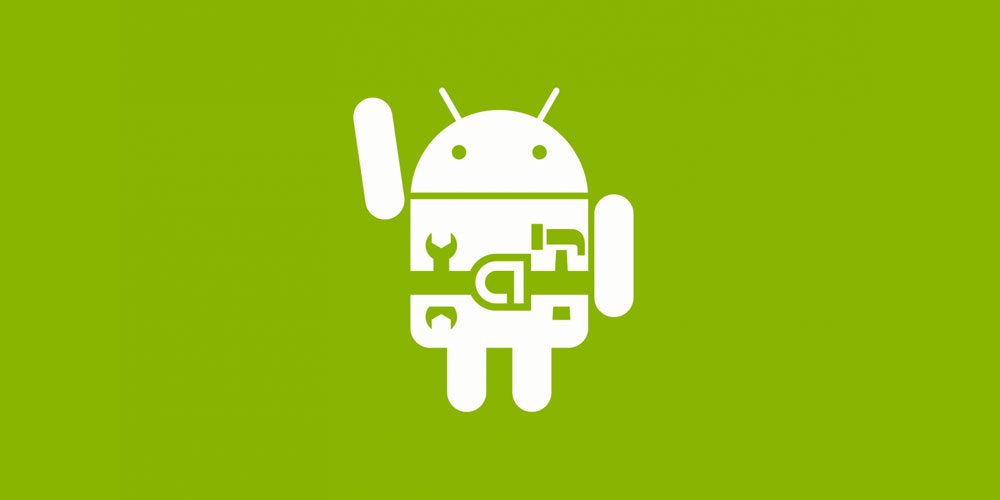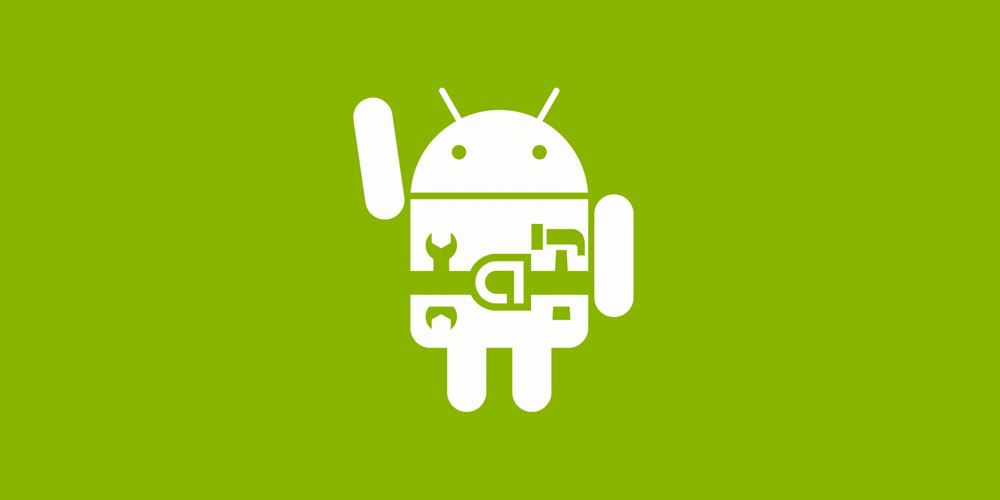

There are several complex steps to engineer a maintainable, high-performance Android OS software application. And it’s no secret that mobile app development has big potential. Android is one of the most popular operating systems for modern application users. Leveraging the power of Android’s marketplace, you can greatly boost the visibility, profitability, and recognition for your software program. In order to remain successful, there are several essential development steps and strategies you must carefully follow. While the development process may seem complex, it can open up thousands of new possibilities once adequately mastered. Read on to learn about how to engineer maintainable Android OS software applications.
Download The Required Tools
The first step to configure a maintainable Android application is to download all the required tools. While building Android apps can be a complex process, these reliable tools and resources provide the support to deliver high-quality products and the efficiency to optimize your development environment. One of the most popular resources for building successful applications is Android Studio.
Simply, Android Studio serves as an Integrated Development Environment, or IDE. Essentially, an IDE serves as an interface for you to write your code, access efficient development tools, and maintain your program. Once integrated, Android Studio allows you to access application programming interfaces (APIs), application libraries, and several additional resources to optimize your native functions. Before you can begin developing Android software applications, you need to integrate the required tools.
Clarify Your Application Business Model
With the required tools integrated, you next need to clarify your Android software application business model. At the end of the day, a strong business model is essential to determine the profitability and success for your configured application. When properly integrated, there are several benefits of mobile apps for small businesses. However, in order to access these benefits, you need to follow a clear, unique business model.
For any software application to be successful, it must clearly identify and resolve a problem that consumers are similarly facing. At the same time, successful applications need to provide an end-user some form of tangible benefits. As you prepare your business model, be sure to identify the core purpose, functions, and features of your Android program.
Integrate Containerization Resources
After you have clarified your core business function, integrate sophisticated containerization resources. As with configuring any high-performance software program, a containerization strategy is essential to improve the transferability, portability, and security of software programs. By leveraging the power of isolated software containers, you can take advantage of numerous advanced tools and resources. One of the most widely used solutions is a container registry. An advanced container registry by JFrog can help you support, manage, and organize your Docker containers in order to improve access. JFrong and similar third-party platforms offer advanced Docker registries, DevOps tools, and Helm Repositories to help you even further optimize your software development pipeline. Before you deploy your mobile application, integrate advanced containerization resources.
Design Your Software Program Wireframes
After defining the functional business model and core purpose of your Android application, you can then begin designing your program wireframes. Taking the time to plan and design your wireframes provides you an initial visual representation of your application layout. In addition to providing a visual representation, wireframe designs provide you an accurate representation of the transition and flow between screens.
Through these design models, you can test specific end-user use cases, functional tasks, and performance attributes within your software application. Designing your wireframes, you can choose between offline or online configuration. By taking the time to plan these design layouts earlier on, you can efficiently avoid errors at the later stages of your development pipeline.
Select Your Development Path
Once you have configured your wireframes, you need to select a development path for your Android software application. Selecting your development path is undeniably one of the most important phases of your pipeline. During this stage, you will begin defining the backend of your application. Before you choose a path, there are two major options to consider.
Building an Android application, one of the most popular strategies is native mobile app development. This development methodology involves configuring applications for specific operating systems. Using native app development, your apps will be directly distributed on Android marketplaces, such as Google Play Store. At the same time, native development frameworks generally require your program to be coded using popular, Android-driven, languages.
There are several complex steps in order to build successful, maintainable Android software applications. Taking the proper steps, you can build great apps for Android devices. The first step to configure a maintainable Android application is to download all the required tools. You next need to clarify your Android software application business model. Integrate sophisticated containerization resources in order to optimize the security, transferability, and portability of your application.
With these critical stages complete, you can then begin designing your program wireframes. To begin producing your application code, you need to select a development path for your Android software application. Consider the points mentioned above to learn about how to engineer maintainable Android OS software applications.
Leave a Reply